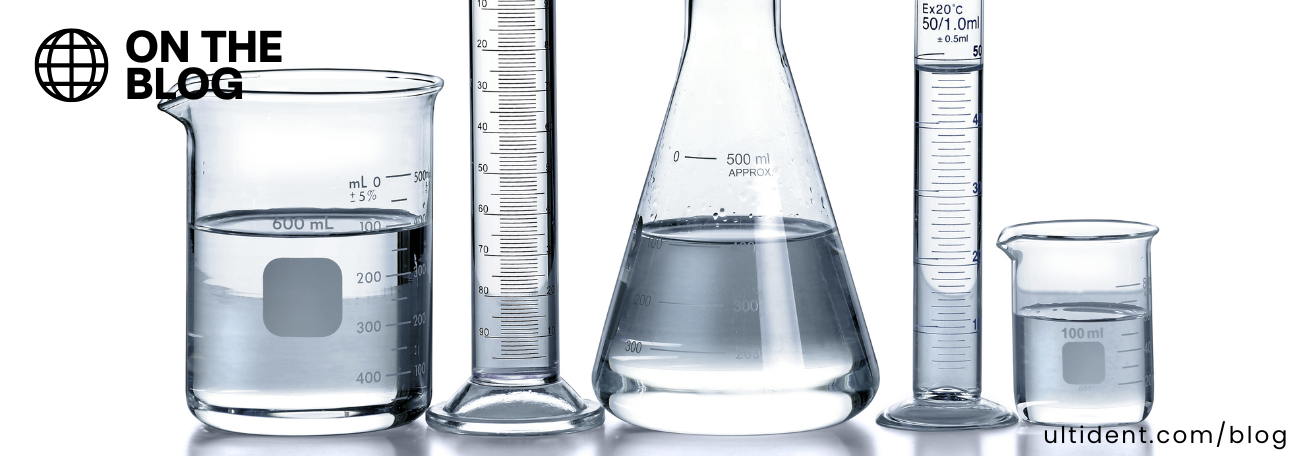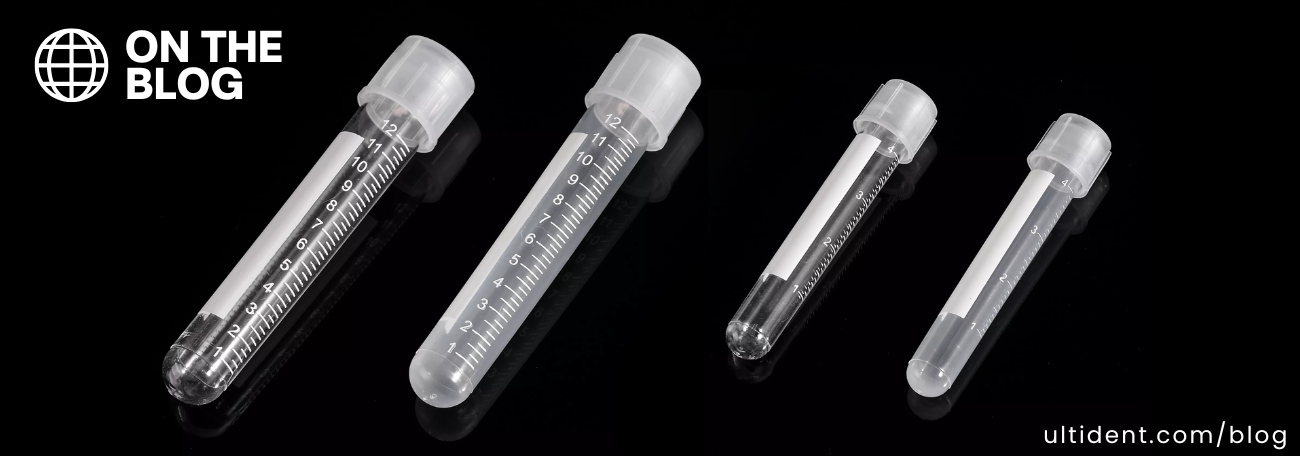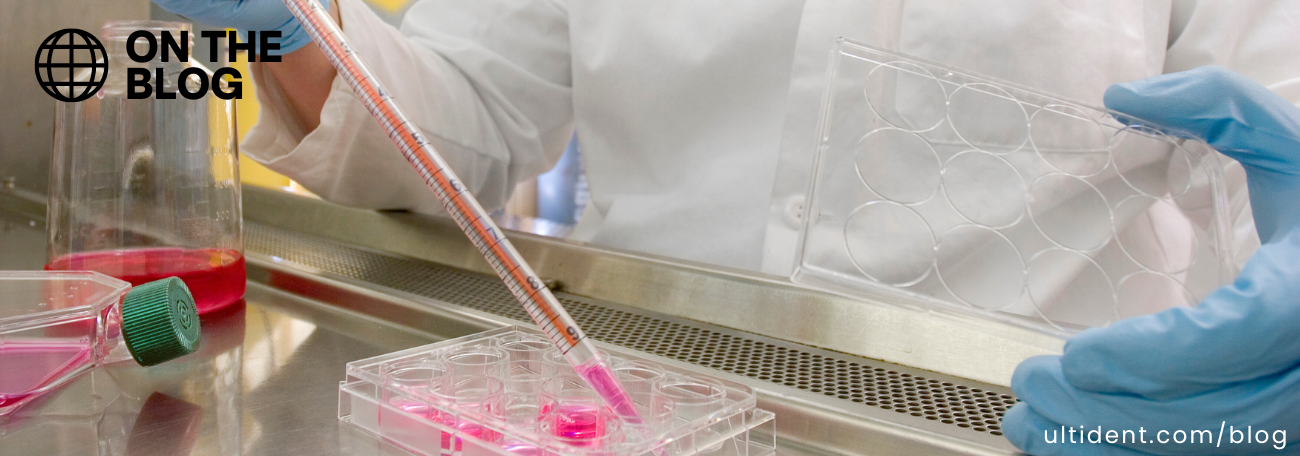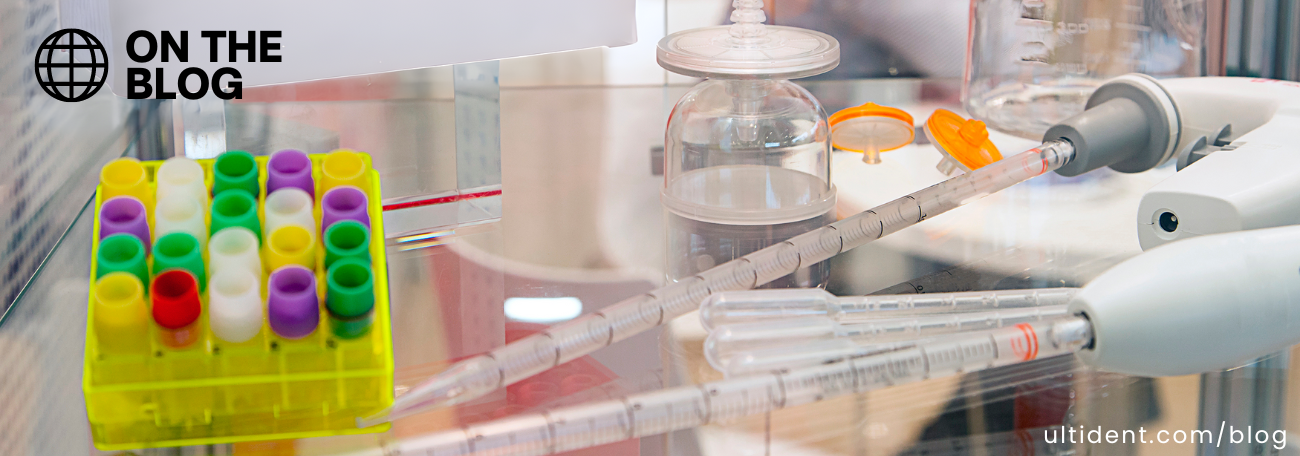How to Maintain Your Borosilicate Laboratory Equipment for Longevity


How to Maintain Your Borosilicate Laboratory Equipment for Longevity
Borosilicate glass is prized in laboratory settings for its exceptional thermal resistance, chemical durability, and clarity. Found in everything from media storage bottles to beakers and flasks, borosilicate glassware can be long-lasting asset for any lab. However, to ensure that it remains in optimal condition, proper maintenance is essential. Below are practical tips to help you extend the lifespan of your borosilicate glassware.
1. Clean Regularly with Mild Solutions
- Use Appropriate Cleaning Solutions: Select cleaning agents that are effective yet safe for your specific glassware and experimental needs. Many labs find pH-neutral detergents ideal, but cleaning methods may need to be adapted depending on the type of contaminants and the sensitivity of your work. Avoid harsh chemicals unless necessary, as they may degrade the glass over time.
- Adjust Cleaning Frequency: Establish a consistent cleaning schedule tailored to your lab's specific protocols. Regular cleaning prevents residue buildup, which could otherwise require stronger chemicals or more intensive methods.
- Avoid Abrasive Materials: Use only non-abrasive sponges or brushes to protect glass surfaces from scratches. Avoid using steel wool or scouring pads, as they can damage the glass, affecting both clarity and performance.
- Pro Tip for Stubborn Residues: For particularly stubborn residues, a diluted acid wash may be appropriate if it aligns with your lab’s safety protocols.
2. Manage Temperatures Gradually and Use Caution with Heat
- Gradual Temperature Changes: Although borosilicate glass resists high heat, sudden temperature shifts can cause thermal shock and cracking. To ensure longevity, let hot glass cool slowly before rinsing or exposing it to room temperature. Avoid abrupt changes, such as placing hot glassware on cold surfaces or in cool water right after heating
- Caution with Direct Heat Sources: Avoid placing borosilicate glass directly on high-heat sources (like open flames or hotplates) unless it is specifically rated for direct heating. Even heat-resistant glass can weaken over time if subjected to improper use.
3. Handle Carefully to Avoid Breakage
- Use Protective Gear: For your protection, always wear gloves and safety goggles when handling borosilicate glass.
- Support During Transport: Hold glassware from the bottom and use both hands whenever possible, avoiding sudden movements. Accidents like drops and bumps can lead to cracks or fractures.
4. Inspect for Damage Routinely
- Regular Inspections: Examine glassware frequently for chips, cracks, or other signs of wear. Even small imperfections can lead to breakage under stress, posing a safety risk and potentially affecting your experimental results.
- Proper Disposal: Damaged glassware should be safely disposed of according to laboratory guidelines to prevent injuries or accidents.
5. Follow Autoclaving Best Practices
- Follow Manufacturer Instructions: Always adhere to specific autoclaving guidelines to prevent damage. Borosilicate glass can generally withstand autoclaving, but misuse can lead to cracking.
- Check for Residue: After autoclaving, inspect the glassware for any residues that could interfere with future experiments, especially in sensitive applications.
- Caution: Allow autoclaved glassware to cool completely before handling, as the glass remains hot and brittle.
6. Label and Store for Easy Access and Safety
- Organized Storage: Designate storage areas specifically for borosilicate glassware to prevent accidental damage. Use padded shelves or racks to cushion and protect against minor impacts.
- Storage Conditions: Store borosilicate glassware in a stable environment, out of direct sunlight and away from areas with significant temperature fluctuations.
- Clear Labeling: Use durable, waterproof labels that resist fading or damage. Consider solvent-resistant labels to prevent label degradation in harsh lab environments. Clear labeling helps identify contents quickly and minimizes the risk of cross-contamination or confusion.
Conclusion
Maintaining borosilicate laboratory equipment is crucial for ensuring safety, reliability, and longevity. By adopting these best practices, laboratory personnel can maximize their investment in quality lab glassware, reduce the risk of accidents, and ensure consistent performance in experiments. With proper care, borosilicate glassware can effectively support your laboratory needs for years to come.
Ready to upgrade or expand your glassware collection? Explore our range of premium borosilicate glassware here or contact us directly for assistance.





